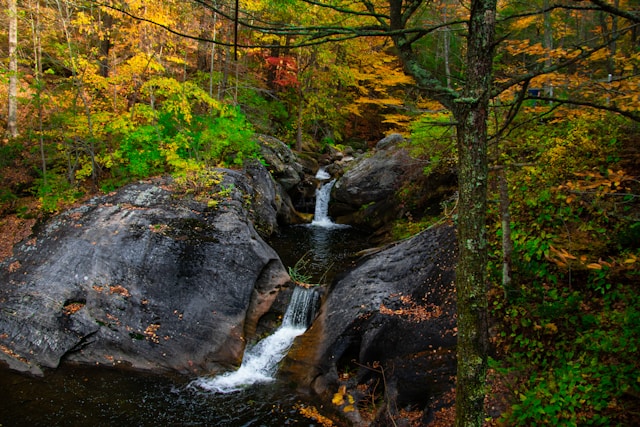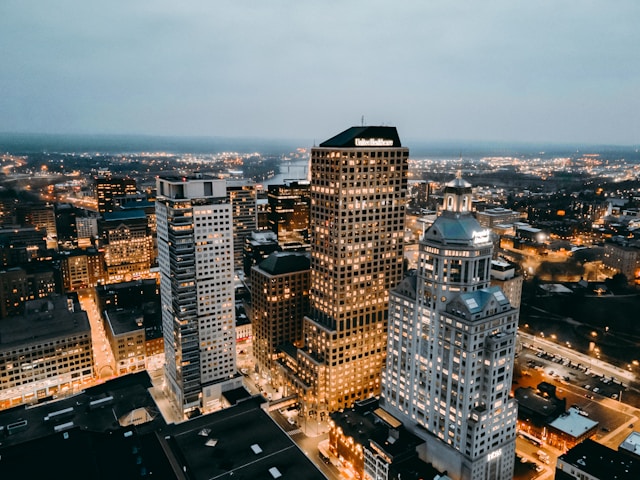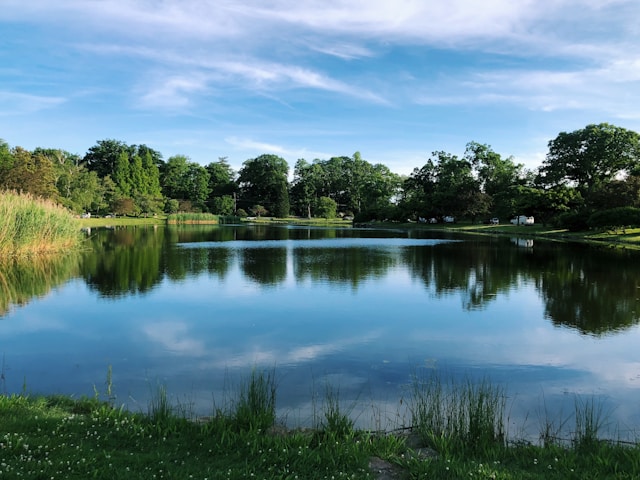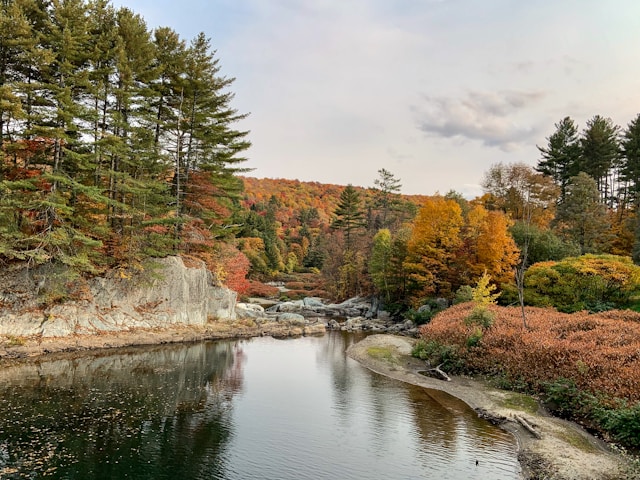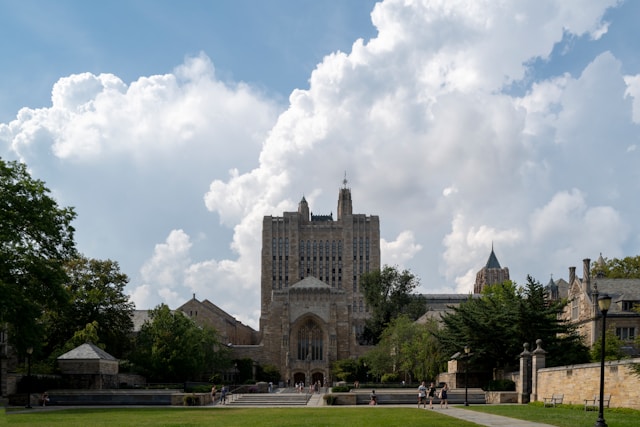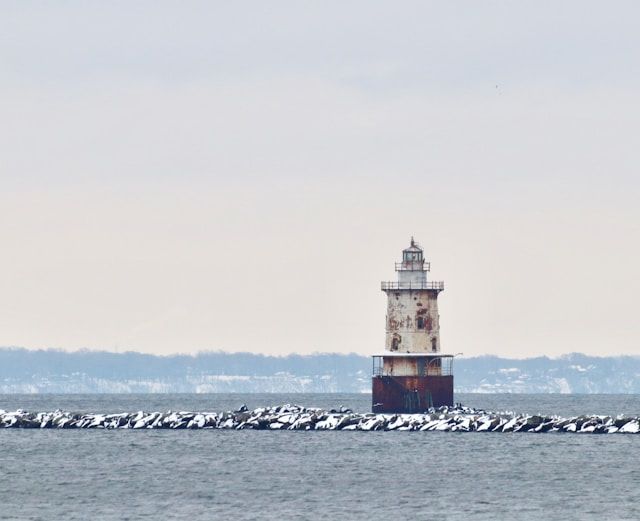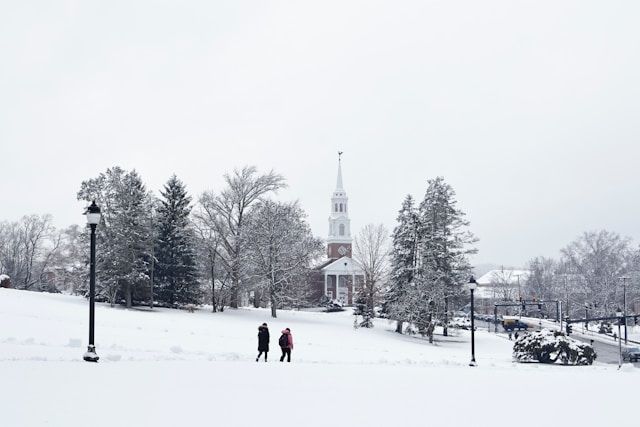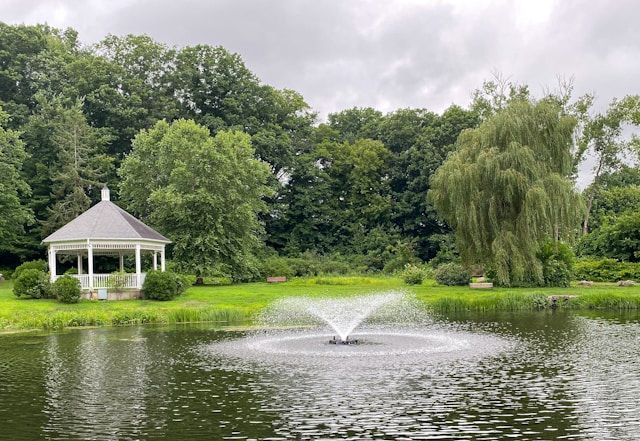Looking for a peaceful getaway in Connecticut? The Watershed in Norwalk might be just what you need. This boutique riverfront hotel offers a perfect blend of New England charm and modern luxury as it sits nestled alongside the Norwalk River.
When you stay at The Watershed, you’ll enjoy spacious rooms with curated design features and amenities that make it stand out among hotels in Connecticut. The 96-key hotel features on-site dining, a rooftop terrace, and free WiFi, all while being just 3 miles from the Maritime Aquarium at Norwalk. Its scenic riverside location creates an inviting atmosphere that makes every moment of your stay special.
Find available hotels and vacation homes instantly. No fees, best rates guaranteed!
Check Availability Now

The Watershed
The Watershed offers a perfect blend of New England charm and modern luxury in Norwalk, Connecticut. This chic riverfront hotel will captivate you with its newly redesigned guest rooms and suites that provide an elevated boutique experience.
You’ll love relaxing at the hip rooftop terrace that offers stunning views of the Norwalk River. After a day of exploring, this calm oasis gives you a perfect spot to unwind and take in the coastal atmosphere.
The hotel features Siena Ristorante, where you can enjoy authentic Italian cuisine with a view. From homemade pastas to wood-fired pizzas, the restaurant serves dishes that will please your taste buds and make you feel right at home.
When planning special events, The Watershed’s team works closely with you to create personalized experiences. Whether you’re hosting a wedding or a corporate retreat, they transform their unique spaces into memorable settings for your gatherings.
Rating: 4.2 (692 reviews)
Location: 353 Main Ave, Norwalk, CT 06851
Contact: (203) 750-9800
Website: Visit Website
History of The Watershed
The Norwalk River watershed has a rich and diverse history that spans from early settlements to industrial development. Its natural resources have shaped local communities for centuries.
Early Beginnings
The Norwalk River watershed’s story begins with early colonial settlements that recognized the value of the river for development. Mills were among the first structures built along the river, powering the local economy. The Grist Mill was the first to appear, followed by the Saw Mill, which helped provide essential building materials for growing communities.
Local industry continued to expand with the addition of a Blacksmith Shop, Woolen Mill, Tannery, and Cider Mill in the Georgetown area. These establishments formed the backbone of early commerce in the region.
The river served as both a transportation route and power source, making it a vital resource for settlers. Communities grew along its banks, using the watershed’s abundant resources for farming and manufacturing.
Development Over the Years
As the watershed communities expanded, the population grew steadily. The watershed now spans seven townships across Connecticut and New York, covering a 64-square-mile area. The Norwalk River itself stretches approximately 20-25 miles and drops 962 feet in elevation before emptying into Long Island Sound.
Population figures show significant growth over time. In 1990, the watershed had 65,587 residents. By 2015, this number had increased substantially, reflecting the area’s appeal as a place to live and work.
The watershed became a pioneer in environmental planning. It was one of the first areas in Connecticut to form a formal watershed group dedicated to protection and preservation. This community-driven approach resulted in the Norwalk River Watershed Action Plan, representing one of the earliest locally-led conservation efforts in the region.
Geographical Features
The Norwalk River watershed encompasses about 40,000 acres of diverse landscapes, flowing through seven townships before reaching Long Island Sound. This natural system includes forests, wetlands, and various water features that support local wildlife and provide recreational opportunities.
Ecosystems and Biodiversity
The watershed contains rich forest areas that serve as natural landscape features essential for water filtration and wildlife habitat. These forests help absorb rainfall and prevent flooding while providing homes for numerous animal species.
You’ll find wetlands throughout the watershed that act as natural sponges, regulating water flow during heavy rains. These areas are crucial for maintaining water quality as they filter pollutants before they reach the river.
The Norwalk River stretches approximately 21 miles, dropping 962 feet in elevation as it travels from its headwaters to the ocean. This river system supports various fish species and creates diverse microhabitats along its banks.
Wildlife in the watershed includes:
- Migratory birds
- Small mammals
- Fish species
- Various amphibians
Climate and Weather Patterns
The watershed experiences typical New England seasonal variations with four distinct seasons. Summers are generally warm and humid, while winters bring cold temperatures and occasional snowfall.
Annual precipitation averages around 45-50 inches, distributed fairly evenly throughout the year. This consistent rainfall helps maintain water levels in the river and its tributaries.
Spring often brings higher water flows as snow melts and rainfall increases. These seasonal patterns affect the river’s appearance and recreational opportunities throughout the year.
You’ll notice that fall brings spectacular foliage changes along the watershed, creating beautiful scenery for hiking and outdoor activities before winter arrives.
Find available hotels and vacation homes instantly. No fees, best rates guaranteed!
Check Availability Now


